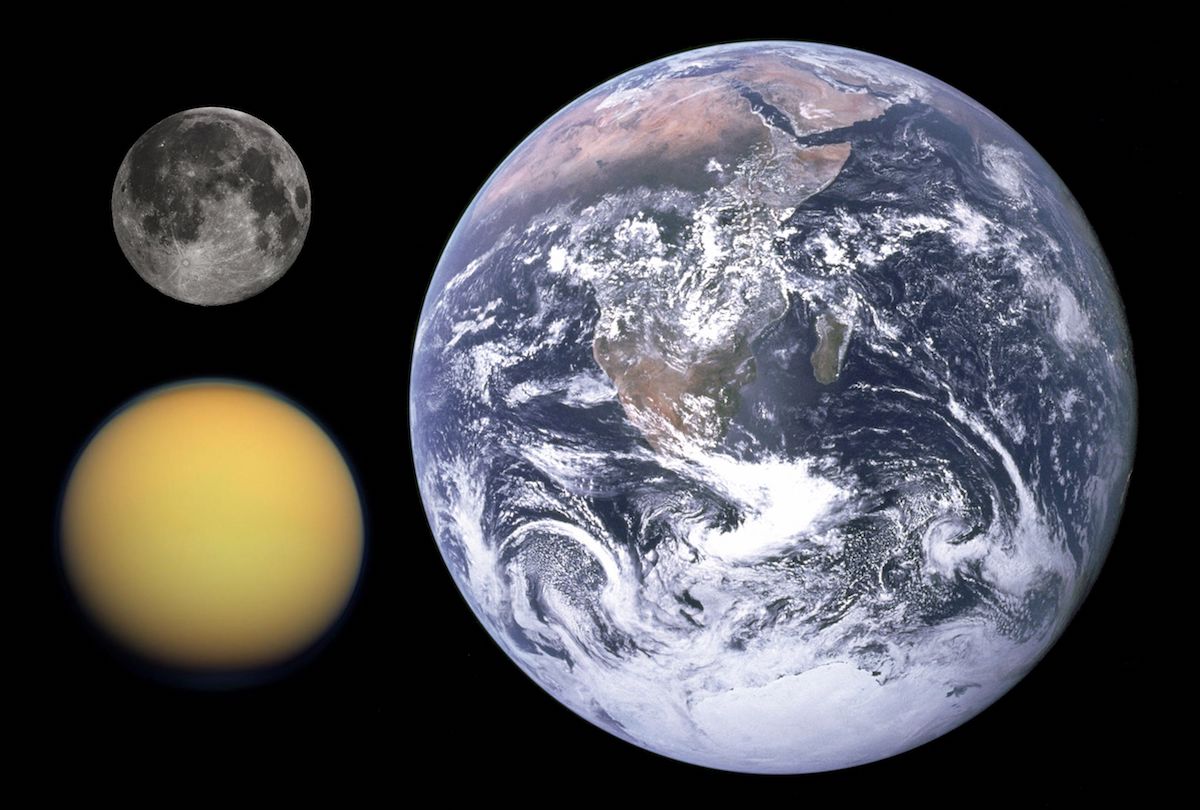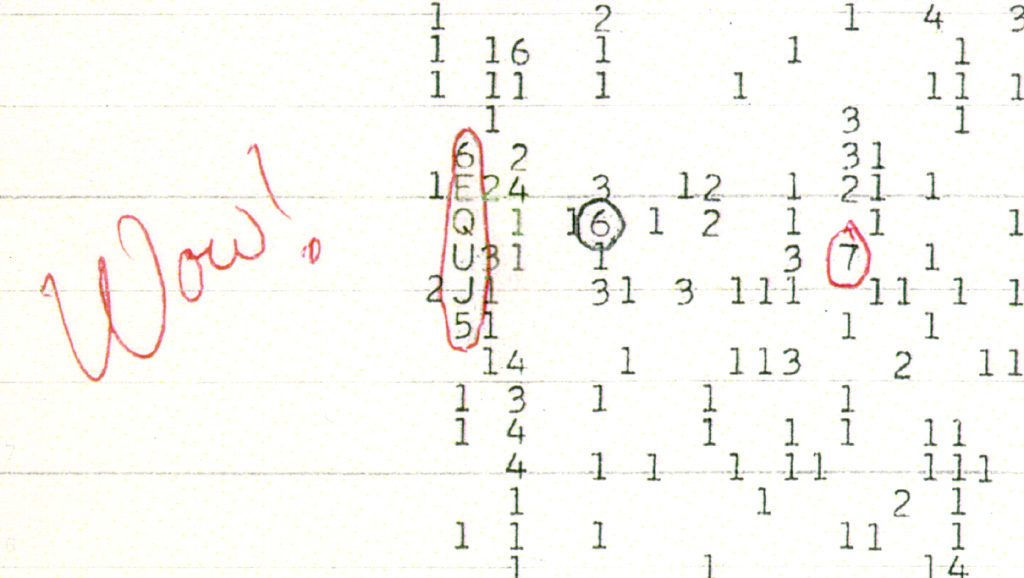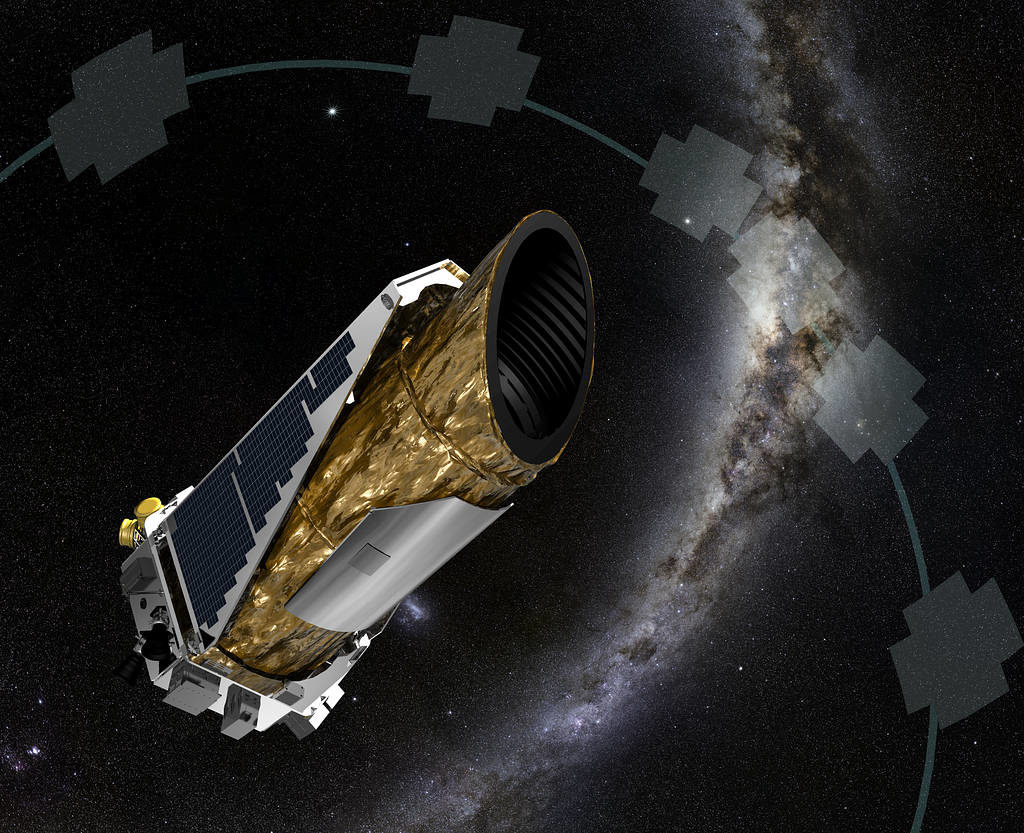NASA’s Cassini mission, which ended in September, released a lot of data about Saturn’s largest moon, and scientists are using the data to piece together a more detailed understanding of the planet-sized satellite. It’s been suspected that Titan has lakes, seas, and even rain, all composed of hydrocarbons such as methane and ethane instead of water. But the new data gives clues about an interesting aspect of Titan’s lakes and seas – they may be connected.

Paul Corlies of Cornell University and colleagues released a map based on Cassini data that shows the almost cookie cutter assortment of Titan’s lakes. The data was also able to directly record the elevation of over 9 percent of the seas and mountains there. By extrapolation, the teams were able to get the elevation of the major seas on Titan, and they show a pattern. That pattern strongly suggests that the moon has both a sea level and the hydrocarbon equivalent of groundwater. According to planetary scientist Cornell and study coauthor Alexander Hayes,
Looking for actual evidence that the lakes could be communicating was a fundamental question from Cassini. This is the final paper that gives the best evidence that it exists.
Hayes and his team found that the three largest seas, Ligeia Mare, Kraken Mare and Punga Mare, are indeed the same elevation, not unlike Earth’s own oceans. To maintain this sea level, channels must exist to equalize the height. This channels could be either below or above ground level. The current theory is that pores in subsurface rock are filled with liquid and connect the seas. These hydrological connections are needed because it doesn’t appear that there are enough connecting channels on the surface of Titan.
Titan’s lakes are actually at a higher elevation than the seas, so they must be on a different system that the seas themselves. Otherwise, the lakes would drain into the sea, leaving empty lakebeds. At an even higher elevation, Titan has dry lakebeds, suggesting that they emptied into the lakes on the surface. Hayes thinks that digging into the empty lakebeds down to the elevation of the lakes would reveal liquid.
Scientists are torn as to what created the cookie cutter lakes on Titan, given their unique shape and edges that don’t conveniently fit a sinkhole theory. But it does appear that the seas and lakes on Titan are more like those on Earth than originally thought, showing that lessons learned on Earth can be applied to planetary bodies despite the fact that it is a substance other than water.

Just imagine, we have proof that there is a planet-sized moon in our solar system where methane flows like water, and the seas and lakes are connected through its own version of groundwater. How long will it be before mankind is able to set sail on these mysterious other-world bodies of water and explore what they have to offer? Granted, we are nowhere close to doing that currently, but just imagine where we could be one day.



